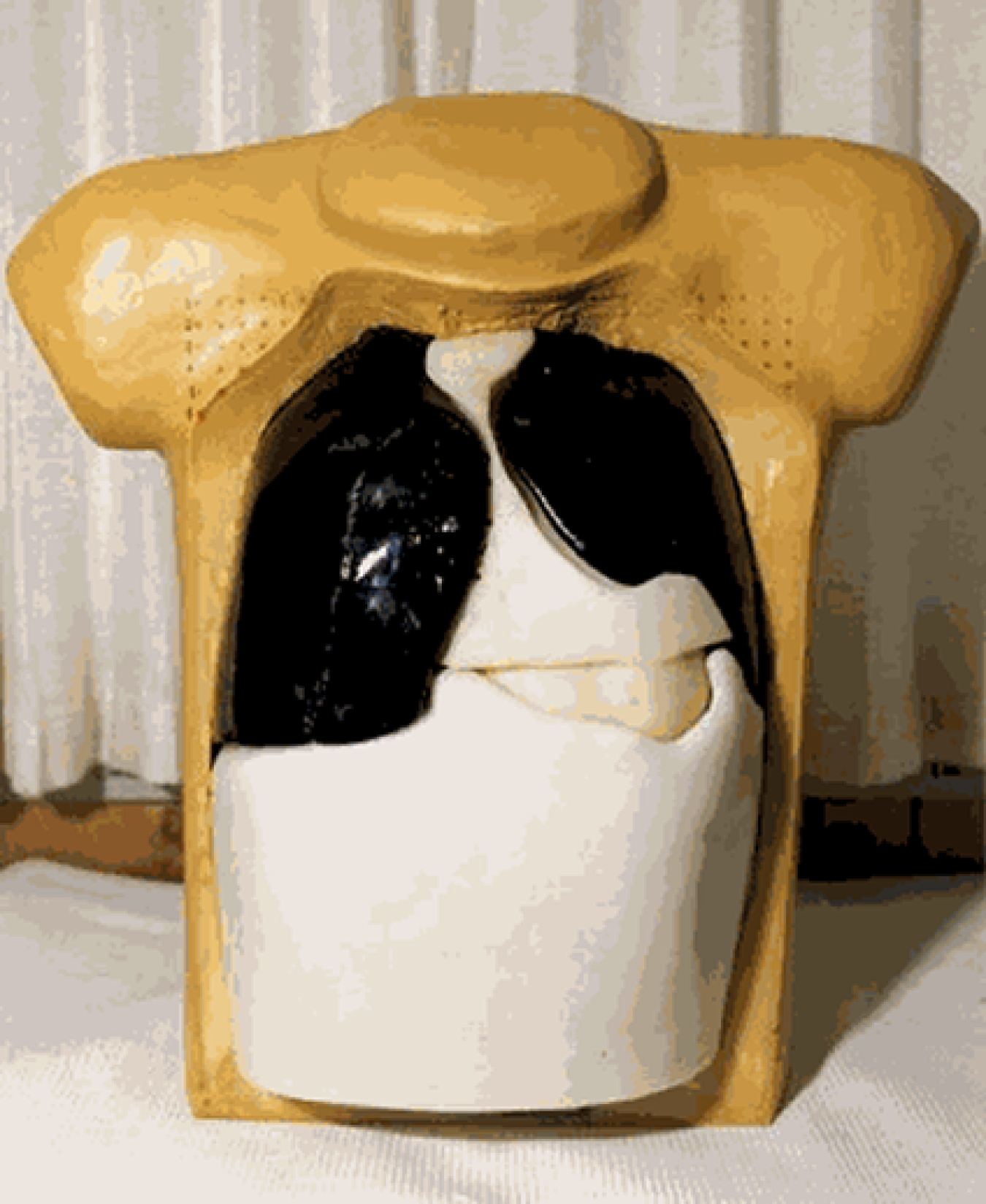Anthropomorphic phantoms are designed to represent the human body's characteristics in terms of radiation attenuation, physical morphology, and geometry. For in vivo counting applications, phantoms are used to calibrate radiation detection systems for measuring radioactive material in the human body. Measurements of occupational workers are performed at U.S. Department of Energy (DOE) facilities to ensure that internal depositions of radioactive materials are kept below regulatory limits.

The DOE Phantom Library is a program for loaning in vivo calibration phantoms to DOE sites and other state, Federal, commercial, and international in vivo measurement laboratories. The library's inventory includes bottle manikin absorption (BOMAB) phantoms, a fission product phantom, a realistic torso phantom with various tissue-equivalent organ inserts and lung sets, thyroid phantoms, lymph node sources, and an 241Am bone whole-body phantom. The Radiological and Environmental Sciences Laboratory (RESL), at the Idaho National Laboratory, operates the library program for the DOE Office of Corporate Safety Programs, HS-23, as an adjunct to the DOE Laboratory Accreditation Program.
The Phantom Library Catalog, available through RESL, provides a general description of the phantom types available and their intended use. Specific calibration phantoms are identified by radionuclide content and by a unique phantom identification (ID) number. Detailed phantom-specific information is included with each loan. Please contact RESL for information about the loan program.
Steven Zobel, CHP
DOELAP Administrator
Email: steve.zobel@hq.doe.gov
Phone: 301-903-2615.
